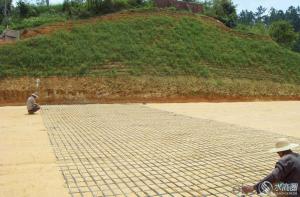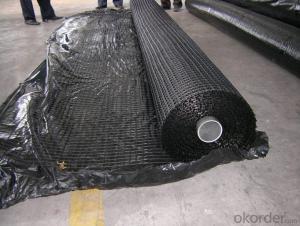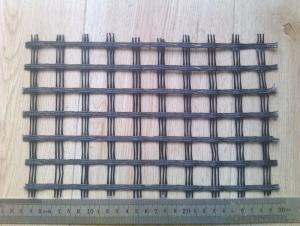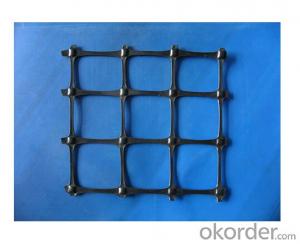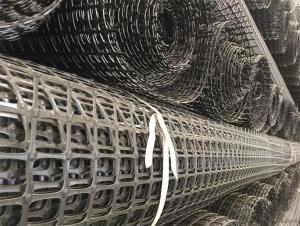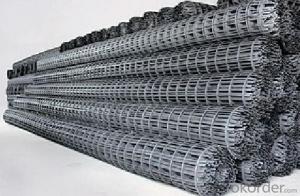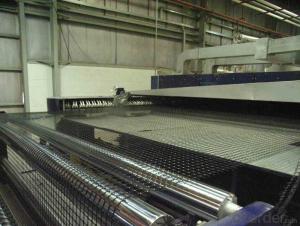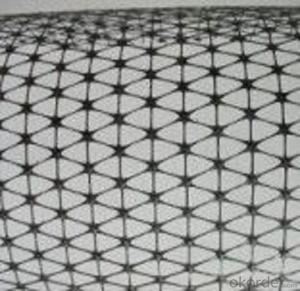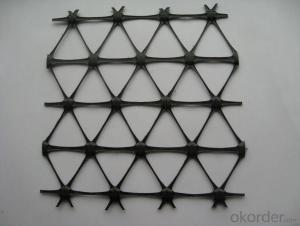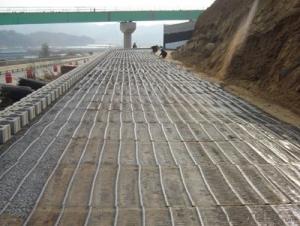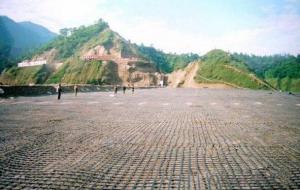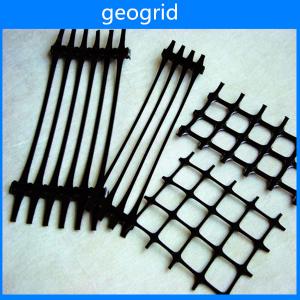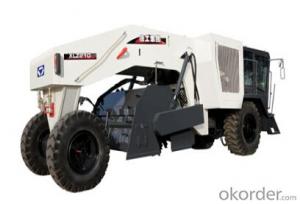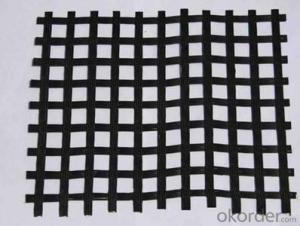Geogrid Pavement
Geogrid Pavement Related Searches
Fridge With Freezer On Bottom Driveway Pillars With Lights Blu Ray Player With Recorder Blu Ray Player With Internet Geogrid In Retaining Walls 1708 Biaxial Fiberglass Tape Pullout Resistance Of Geogrid Geogrid Warp Knitting Machine Srw 3 Series Geogrid Biaxial Plastic GeogridHot Searches
Fiberglass Scaffolding For Sale Fiberglass Panels For Sale Fiberglass Greenhouses For Sale Geogrid Fabric For Sale Geogrid For Sale Near Me Tensar Geogrid For Sale Geogrid For Sale Buy Alabaster For Carving Geogrid China Geogrid Mesh Price Geogrid Fabric Price Geogrid Roll Price Geogrid Price List Tensar Triax 160 Geogrid Price Tensar Ss40 Geogrid Price Tensar Tx160 Geogrid Price Triax Geogrid Price Geogrid Price Tx160 Geogrid Price Fiberglass Scaffolding For SaleGeogrid Pavement Supplier & Manufacturer from China
Okorder.com is a professional Geogrid Pavement supplier & manufacturer, offers integrated one-stop services including real-time quoting and online cargo tracking. We are funded by CNBM Group, a Fortune 500 enterprise and the largest Geogrid Pavement firm in China.Hot Products
FAQ
- Yes, geogrids are effective in reducing differential settlement in foundations. Geogrids provide added stability and reinforcement to the soil, distributing the load more evenly and reducing differential settlement. They help to prevent differential movement between different areas of the foundation, ensuring more uniform settlement and minimizing potential structural damage.
- Yes, geogrids can be used in railway ballast reinforcement applications. Geogrids provide effective support and stabilization to the ballast layer, preventing its settlement and deformation. They enhance the load-bearing capacity of the ballast and distribute the applied load more evenly, reducing track maintenance and increasing the lifespan of the railway infrastructure.
- Geogrid width mean?
- Width is the width of Geogrid
- The recommended depth of geogrid installation can vary depending on the specific project and soil conditions. However, in general, it is recommended to install geogrids at a depth of at least 12 inches to provide adequate stabilization and reinforcement to the soil.
- Geogrids improve the performance of geotextile-reinforced slopes by providing additional tensile strength and stability. They act as a reinforcement material, increasing the load-bearing capacity and preventing soil erosion. Geogrids also enhance the overall slope stability by distributing stresses and reducing lateral movement of soil particles.
- Yes, geogrids can be used in retaining walls for waterfront applications. Geogrids are commonly used in retaining walls to provide stability and reinforcement. In waterfront applications, where there is a higher risk of erosion and soil movement, geogrids can help prevent the retaining wall from shifting or collapsing. They can also enhance the overall durability and strength of the wall, making it suitable for waterfront environments.
- What is the meaning of two-way 50kN geogrid
- Ministry of industry standards
- Geogrids are connected to the surrounding soil through a process called interlocking. The geogrids have open spaces or apertures that allow soil particles to fill in, creating a bond between the geogrid and the soil. This connection helps improve the stability and load-bearing capacity of the soil, making it more resistant to erosion and preventing the geogrid from slipping or moving out of position.



